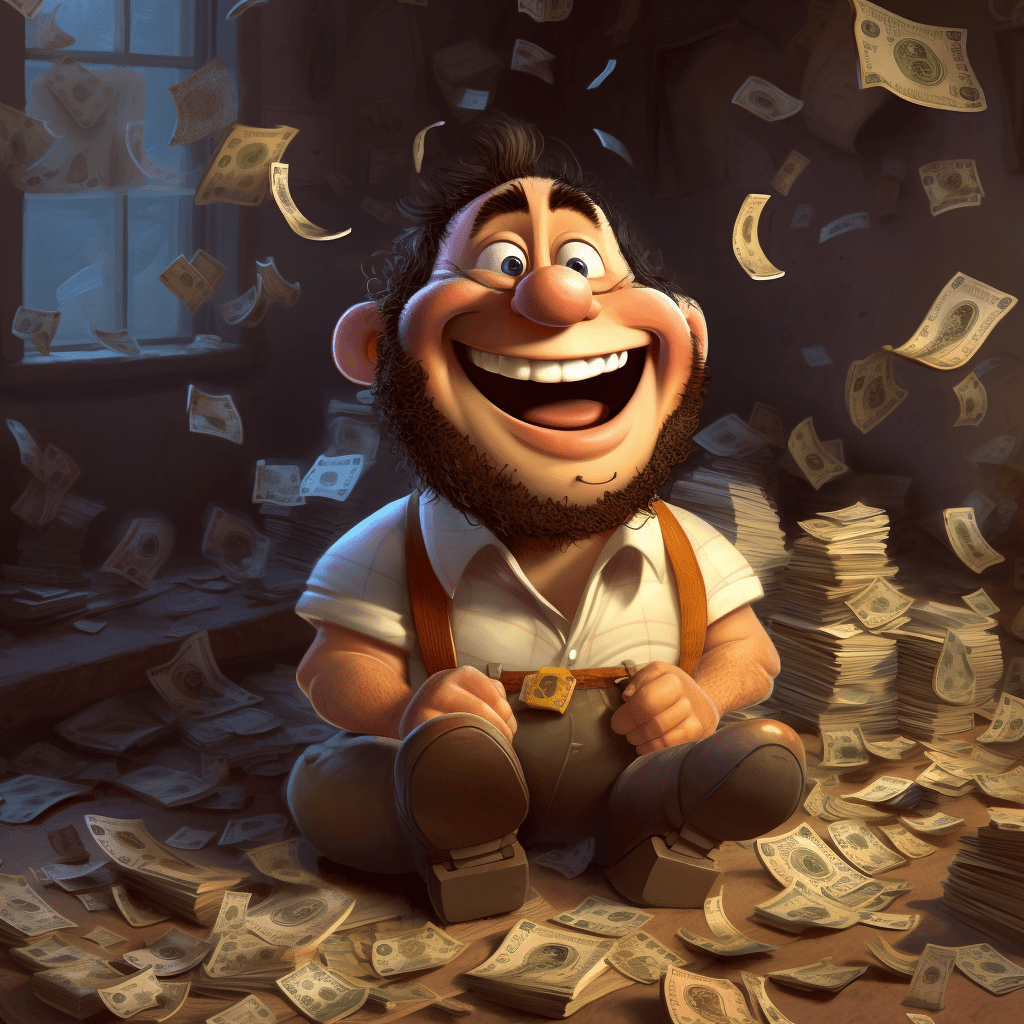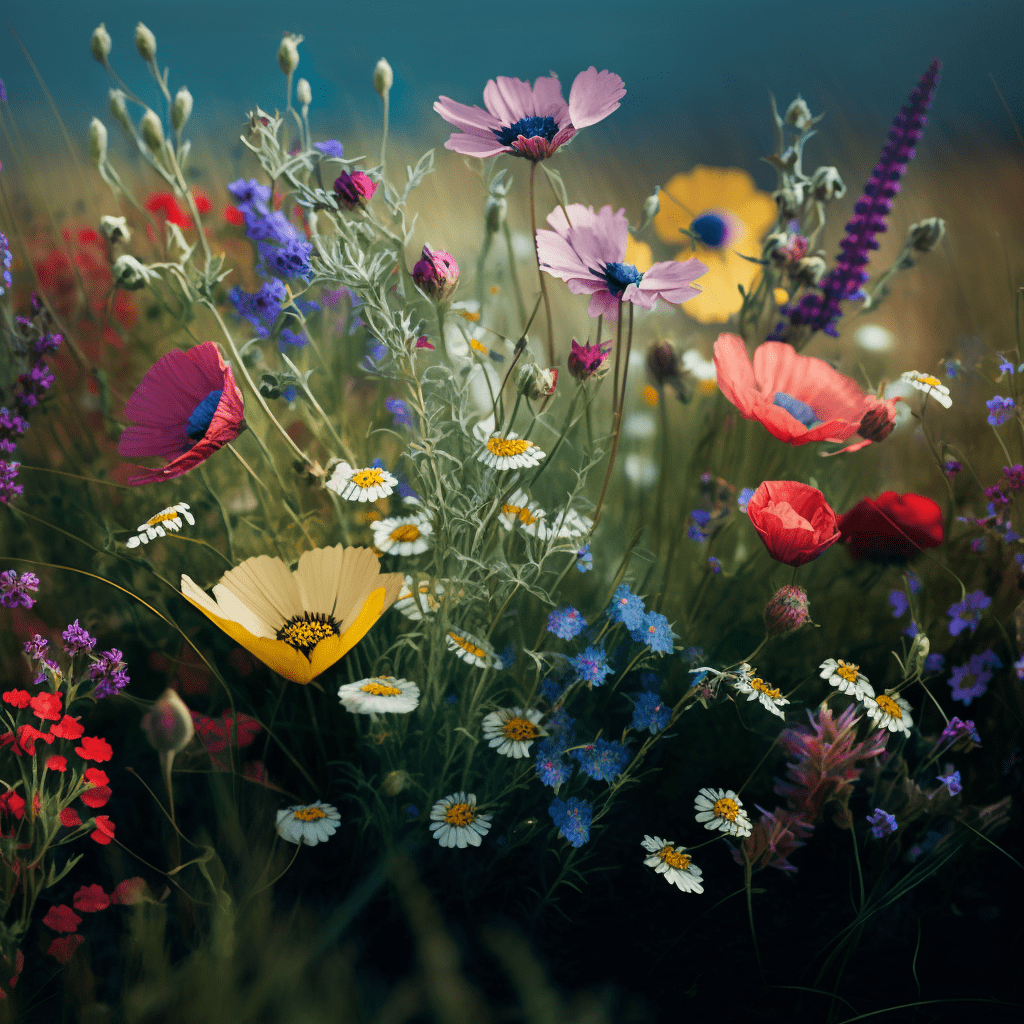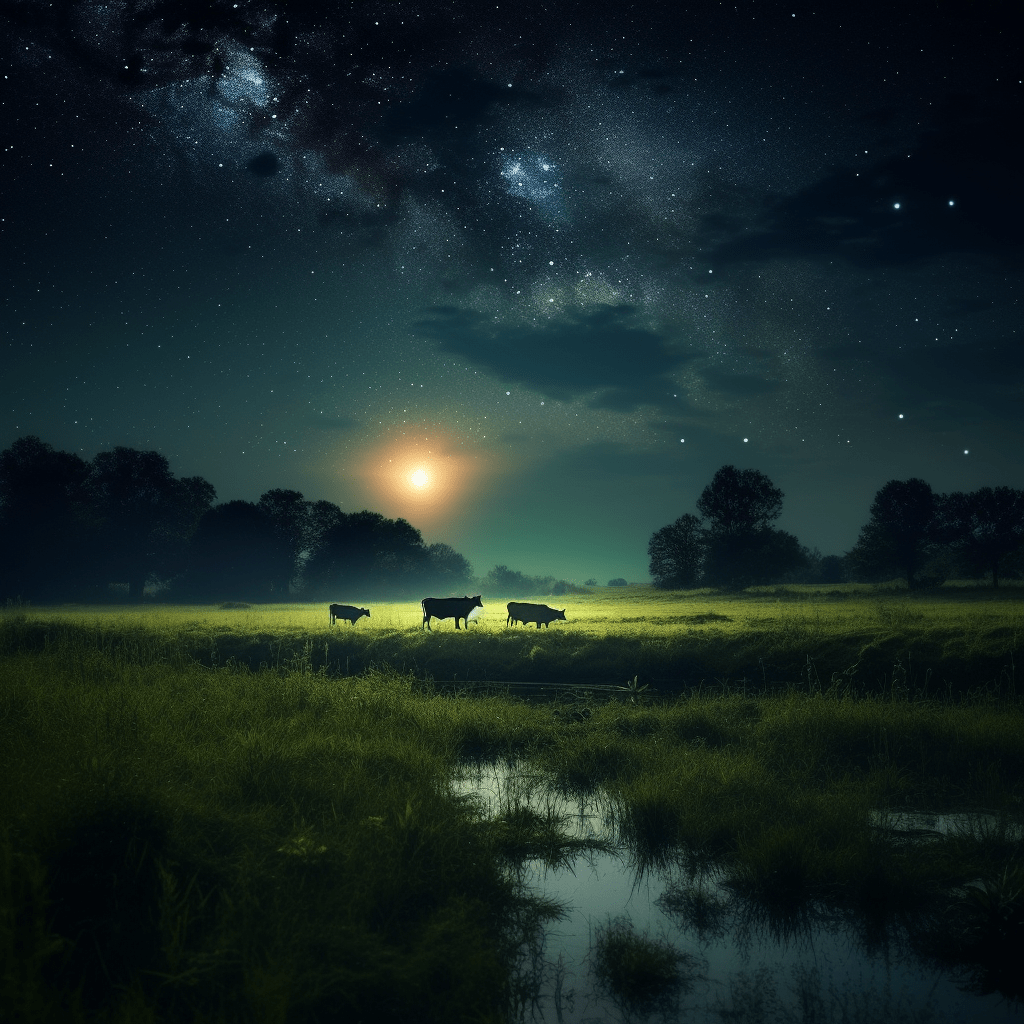
The digital art world has been revolutionized by the advent of non-fungible tokens (NFTs), allowing artists and creators to tokenize their artwork on the blockchain, verifying their authenticity and ownership. A fascinating aspect of this blockchain-powered art revolution is the rise of generative art, often created using random NFT generators. This article aims to guide you on how to use a random NFT generator to create unique NFTs.
What is a Random NFT Generator?
Random NFT generators are tools or software that utilize algorithms to generate unique digital artwork. These generators often rely on layers of pre-created assets that are combined in various ways to create unique outcomes. This technique is particularly popular in the creation of NFT collections, where each NFT needs to be unique, yet part of a cohesive whole. Projects such as CryptoPunks and the Bored Ape Yacht Club have successfully utilized this method.
Choosing the Right NFT Generator
There are several NFT generators available, each with its unique capabilities and features. Some are relatively simple, providing a few base images and overlays, while others are more complex, offering a wide array of customization options. When selecting a generator, consider your artistic goals, the level of uniqueness you want for your NFTs, and your technical skills.
Here are a few popular NFT generators:
- Hashlips Art Engine: This is an open-source generator that runs on Node.js. It allows for the creation of layered art NFTs with a high degree of customization.
- NFT Art Generator: This online platform provides an intuitive interface for creating generative art. It offers a variety of customization options, including colors, shapes, and layers.
Once you’ve chosen your NFT generator, the next step is getting to grips with how to use it.
Creating Your Artwork with a Random NFT Generator

Although each NFT generator is unique, the basic process of creating artwork usually follows similar steps. Here’s a general guide on how you might use a random NFT generator to create unique NFTs:
1. Prepare Your Artwork Layers
Generative art relies on layers. These are individual pieces of artwork that can be combined in various ways to create unique combinations. A common approach is to start with a base layer (like a background or a character’s body) and then add additional layers for different elements (like eyes, mouth, clothing, accessories, etc.).
Each layer can have multiple variations. For example, you might have ten different eye styles for your character, each one being a separate asset within the ‘eyes’ layer. The more variations you have within each layer, the more unique outcomes can be generated.
2. Upload Your Layers to the NFT Generator
Once you’ve created your layers, the next step is to upload them to your chosen NFT generator. This process will vary depending on the generator you’re using, but generally, it involves selecting and uploading each layer separately, ensuring they’re correctly aligned.
3. Set the Rarity Levels
One key feature of many NFT generators is the ability to set rarity levels. This allows you to control how often each asset within a layer appears in the generated artwork. For instance, you might want a particular eye style to be very rare, appearing only 1% of the time. Setting rarity levels can add an extra dimension to your NFT collection, creating a sense of scarcity and potentially increasing value.
4. Generate Your Artwork
Once you’ve uploaded all your layers and set the rarity levels, you’re ready to generate your artwork. This is usually as simple as clicking a ‘Generate’ button. The generator will then use its algorithms to create unique combinations of your layers, resulting in a series of unique NFTs.
Minting Your NFTs
Once you’ve generated your artwork, the final step is to mint your NFTs. Minting is the process of tokenizing your digital artwork on the blockchain, confirming its authenticity and establishing your ownership. While the specifics of minting will depend on the blockchain you’re using, the general process usually involves connecting a crypto wallet, uploading your artwork and metadata, and paying a gas fee to create the NFT.
Understanding Gas Fees
Gas fees are payments made to the network to process transactions, in this case, the creation of your NFT. These fees can fluctuate based on network congestion and can sometimes be quite high. It’s important to factor these costs into your plans when deciding to mint NFTs.
Metadata and Properties
When minting your NFT, you’ll also have the opportunity to add metadata. This is additional information that accompanies your NFT, such as its name, a description, and its properties. Properties are often used to indicate the rarity of specific attributes in your NFT, which can be valuable information for potential buyers.
The Wrap-Up

Creating unique NFTs with a random NFT generator can be a fun and creative way to engage with the world of digital art. Whether you’re an artist looking to explore new mediums or a collector wanting to create a unique series, these tools offer a wealth of possibilities. As with any venture into the blockchain space, make sure to do your research, understand the costs involved, and approach it all with a spirit of creativity and exploration.
